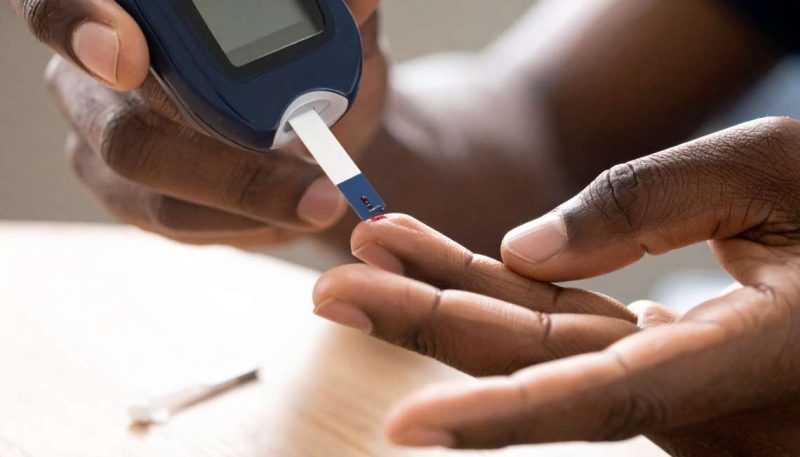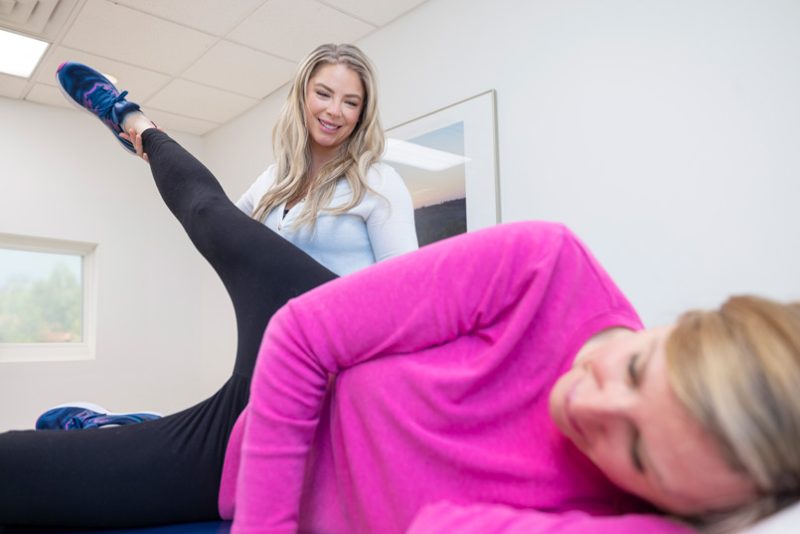
The floors of hospital rooms are quickly and frequently contaminated with antibiotic-resistant bacteria within hours of patient admission, creating a route of transfer of potentially dangerous organisms to patients, according to a study.
Published as part of the proceedings from ‘Decennial 2020: The Sixth International Conference on Healthcare-Associated Infections’, the study involved researchers with the Northeast Ohio VA Healthcare System closely tracking contamination in hospital rooms of 17 newly admitted patients to identify the timing and route of transfer of bacteria within patients’ rooms.

Before testing, rooms were thoroughly cleaned and sanitised and all patients screened negative for methicillin-resistant Staphylococcus aureus (MRSA) and other healthcare-associated bacteria. Researchers then observed patients’ interactions with healthcare personnel and portable equipment, collecting cultures one-to-three times per day from patients, their socks, beds and other high-touch surfaces, as well as key sections of the floor.
Nearly half of rooms tested positive for MRSA within the first 24 hours, and MRSA, C. difficile, and vancomycin-resistant enterococci (VRE) pathogens were identified in 58 per cent of patient rooms within four days of admission. Contamination often started on the floors, but ultimately moved to patients’ socks, bedding, and nearby surfaces.
“If bacteria stayed on floors this wouldn’t matter, but we’re seeing clear evidence that these organisms are transferred to patients, despite our current control efforts,” said Curtis Donskey, MD, senior author of the study and hospital epidemiologist at the Cleveland VA Medical Center. “Hand hygiene is critical, but we need to develop practical approaches to reduce underappreciated sources of pathogens to protect patients.”

“While we’re showing that these scary-sounding bugs can make their way into a patient’s room and near them, not everyone who encounters a pathogen will get an infection,” said Sarah Redmond, lead author and a medical student at Case Western Reserve University School of Medicine. “With that in mind, are there simple ways to address these areas of exposure without placing too much emphasis on the risk?”
In a related study published in August, the authors reported similar findings of frequent detection of SARS-CoV-2 nucleic acid on floors and on shoes of personnel on a COVID-19 ward. On the COVID-19 ward, contamination was reduced with simple modifications of floor cleaning and disinfection protocols.
Also Read-Kangana’s New Poem Longing For Summer









